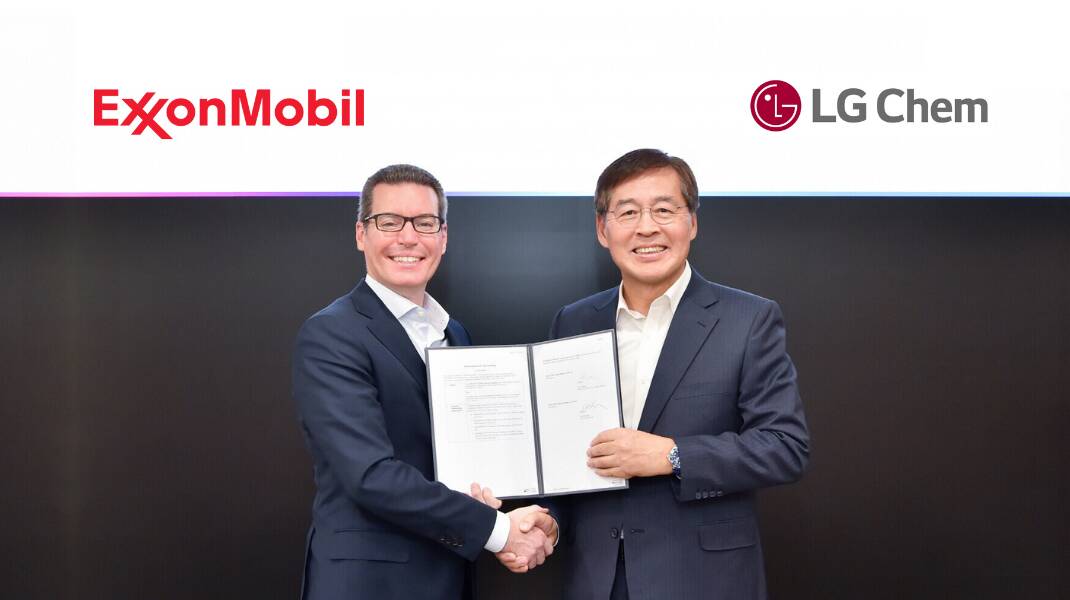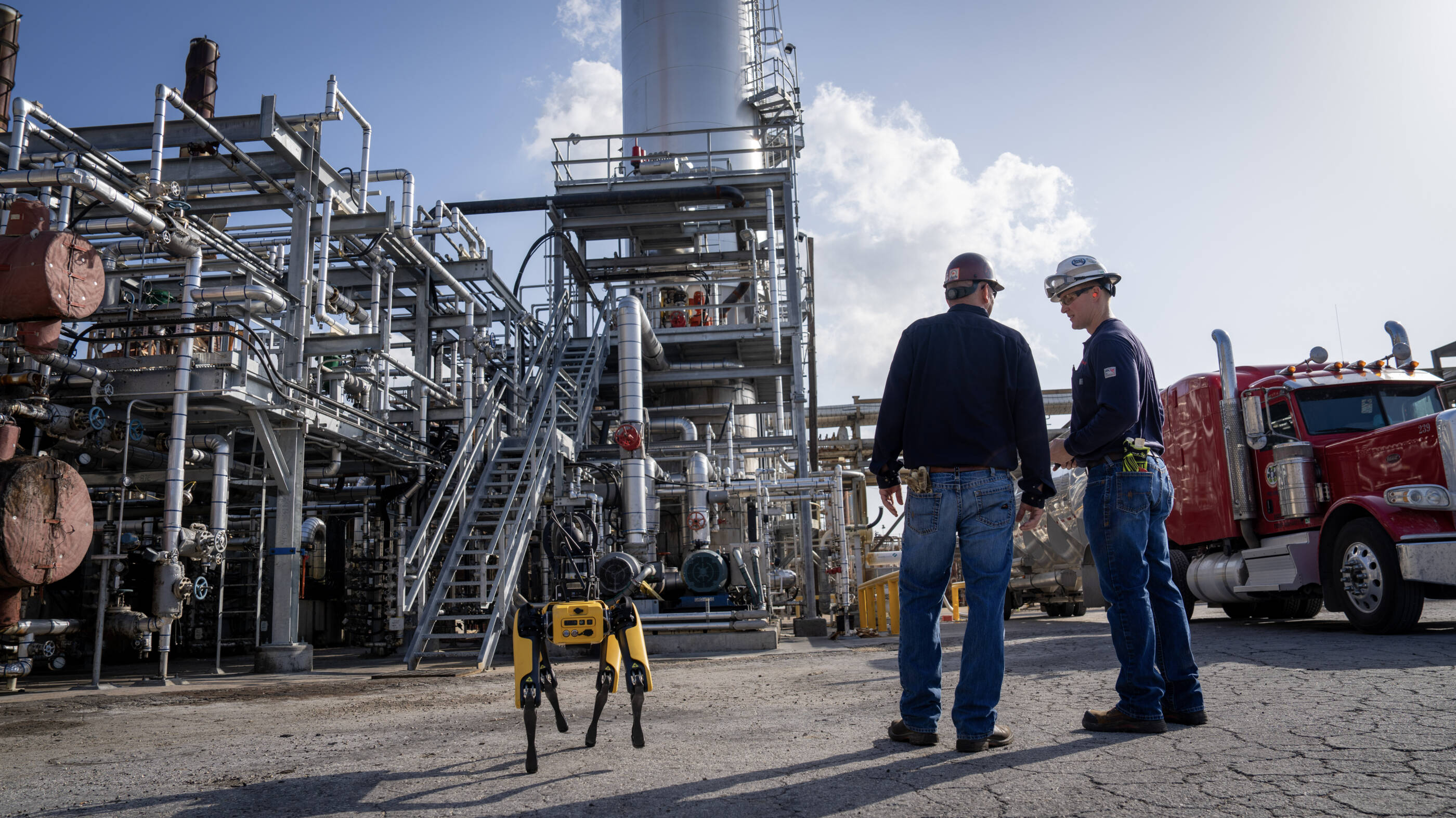selected item
A big day in the UK for carbon capture and storage
Our Low Carbon Solutions business was awarded four licenses to test for potential locations to store captured CO2 emissions deep underneath the UK North Sea. We’ll partner with Shell on three of the licenses, and Neptune Energy on the fourth. The licenses were awarded by UK regulator the North Sea Transition Authority (NSTA).
The licenses are off the east coast of England, in waters where ExxonMobil has developed oil and gas resources for decades. If assessments prove successful, we will apply to the UK government for permission to develop the carbon storage projects, which would support the UK’s ambition to store more than 50 million metric tons of carbon annually by 2050.
CCS is one of the few proven solutions that can significantly reduce CO2 emissions from industrial sectors – including the energy industry.
As Stuart Payne, chief executive of the NSTA, said in announcing the awards: “Carbon storage will play a crucial role in the energy transition, storing carbon dioxide deep under the seabed and playing a key role in hydrogen production and energy hubs.”
These awards will allow us to leverage our unique CCS, subsurface and project management expertise to help the UK achieve its net-zero ambitions.
According to the NSTA, the areas included in the licensing round cover about 12,000 square kilometers (4,630 square miles) and could store up to 30 million metric tons of CO2 per year by 2030 – equal to about 10% of the UK’s emissions in 2021. The potential storage areas are a mix of depleted oil and gas reservoirs and saline aquifers.
ExxonMobil is already a global leader in CCS, and is scaling up the technology to help accelerate society’s path to net zero. At the U.S. Gulf Coast, the total CO2 we’ve agreed to store for third-party customers has reached 5 million metric tons per year – roughly equivalent to replacing about 2 million gasoline-powered cars with electric vehicles.
ExxonMobil is investing $17 billion in lower emission initiatives from 2022 to 2027, including its efforts to scale up CCS to help reduce emissions for third parties and for our own operations.
Explore more

LG Chem and ExxonMobil sign MOU for lithium offtake
4 min read
• Nov. 20, 2024
Excitement in the air: insights from our direct air capture (DAC) pilot
4 min read
• Sept. 17, 2024
ExxonMobil adds Air Liquide to world’s largest low-carbon hydrogen project
3 min read
• June 24, 2024
Keeping it real: Low carbon solutions highlights new technologies on energy podcast

Let's discuss: reducing America's emissions

